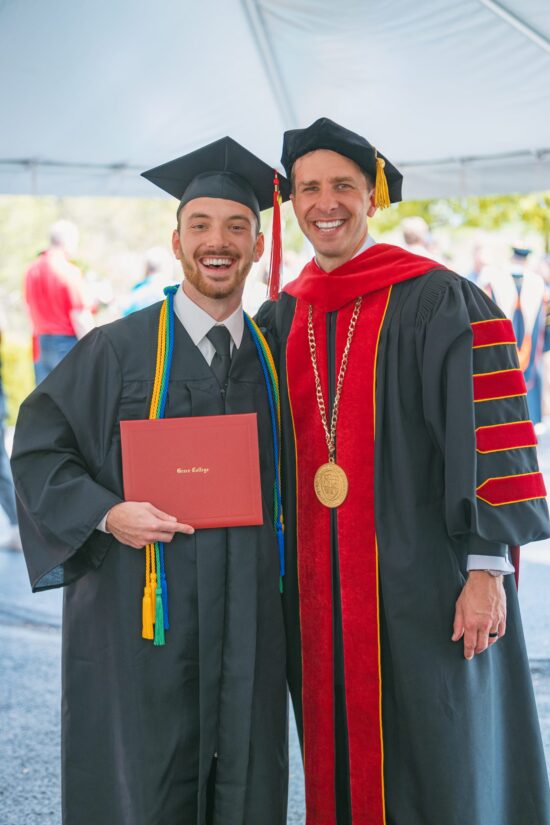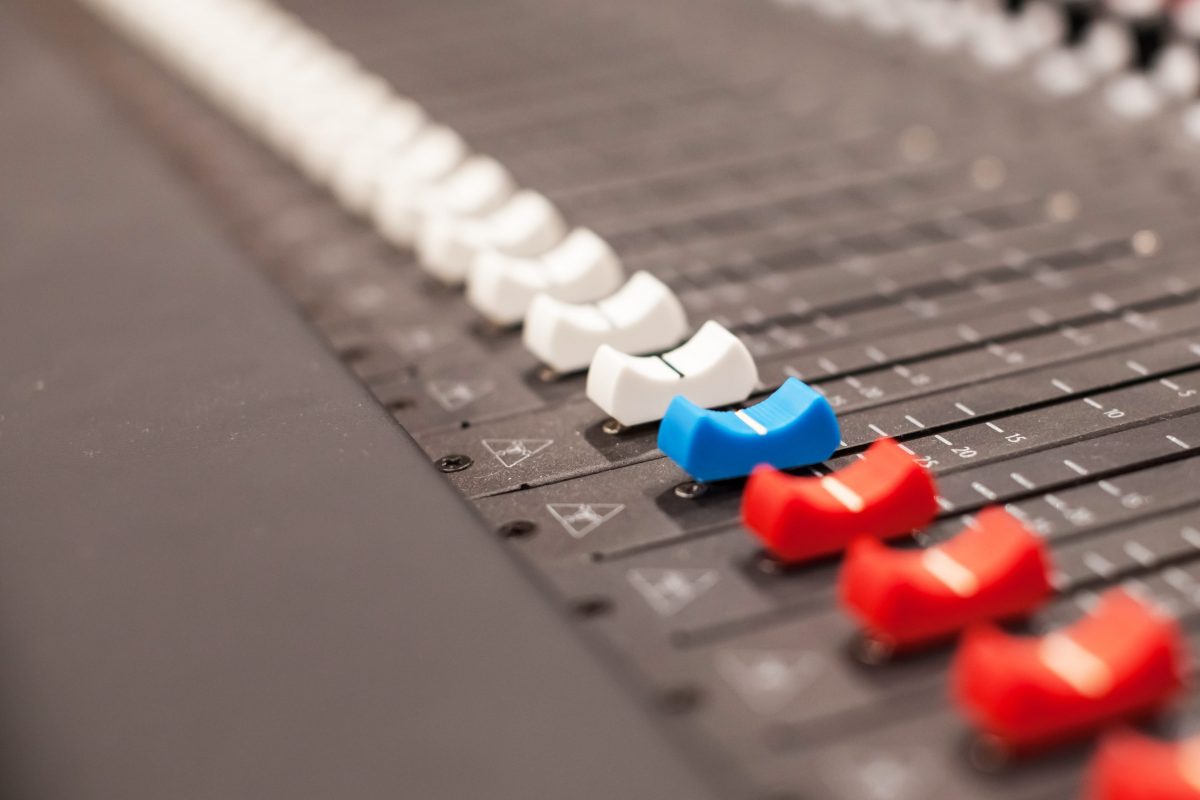Warsaw, Indiana, known as “The Orthopedic Capital of the World,” may not garner visions of a college on the cutting edge of modern worship. But nestled comfortably along the banks of the town’s beautiful Winona Lake is Grace College, a school that is just that. And though its worship program is still relatively young, it is already making a big impact.
Grace College boasts a long history of educating music pastors, but it had been years since it was a central focus. So a few years back, the school reached out to Minnesota-based worship pastor and educator Wally Brath about building a brand-new Worship Arts program, from the ground up. Brath was to craft a program with the tools and space necessary to prepare students for the rapidly advancing technology and methods of today’s modern worship industry.
With that goal in mind, Brath reached out to Sweetwater to help transform that passion and idea into a cutting-edge recording studio, a fully outfitted performance space, a high-tech MIDI lab and classroom, and more.
Brath was kind enough to invite Sweetwater to Grace College recently to see their success firsthand. While there, we discussed the genesis of the Worship Arts program, how Sweetwater continues to play a pivotal role, and where he sees the program going in the future.






